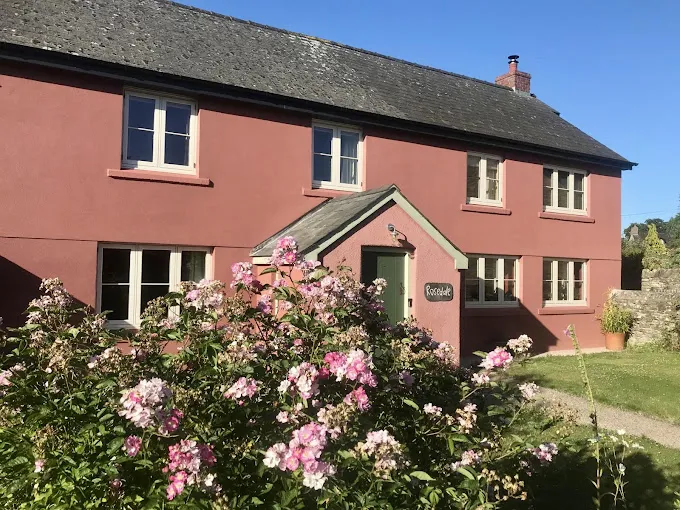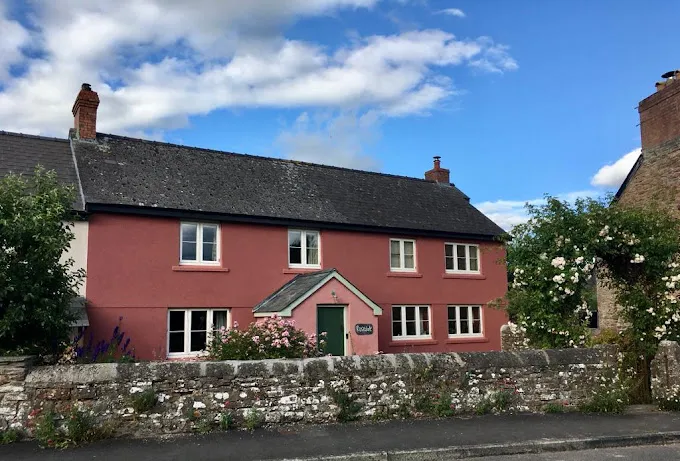Expert Internal Plastering Neath Services & Solutions
When considering internal plastering neath services, property owners throughout South Wales understand the importance of achieving smooth, professional finishes that stand the test of time. Our team at Coloured Rendering South Wales brings over 25 years of experience to every internal plastering project, ensuring walls and ceilings receive the expert attention they deserve. Whether you’re renovating a period property in Neath or preparing a new build for decoration, professional internal plastering forms the foundation of beautiful interior spaces. Contact us today at 07815 868070 to discuss how our expertise can transform your property’s interior surfaces.
This comprehensive guide explores the essential aspects of internal plastering services, from understanding different techniques to recognising quality workmanship. You’ll discover how professional plastering enhances property value, the various materials and methods available, and practical considerations for your next project. We’ll also examine the specific challenges faced in South Wales properties and how expert contractors address these effectively.
Understanding Internal Plastering Fundamentals
Internal plastering represents a skilled trade that transforms rough wall surfaces into smooth, ready-to-decorate finishes. The process involves applying specially formulated plaster materials to walls and ceilings, creating level surfaces that provide the perfect base for paint, wallpaper, or other decorative treatments. Modern internal plastering techniques combine traditional craftsmanship with contemporary materials, ensuring optimal results for both period properties and new construction.
The fundamental principle behind effective internal plastering lies in proper surface preparation and material selection. Different substrates require specific approaches, whether working with traditional lime mortar joints in older properties or modern plasterboard in contemporary builds. Professional plasterers understand how various materials interact, ensuring compatibility between base surfaces and applied finishes.
Call Us
Quality internal plastering also involves understanding moisture management within building structures. Proper application techniques prevent issues such as cracking, hollow patches, or premature failure. The skilled craftsman recognises when surfaces need priming, how to achieve optimal suction rates, and the importance of controlled drying conditions for long-lasting results.
Modern Materials and Traditional Techniques
Contemporary internal plastering utilises advanced gypsum-based materials that offer superior workability and finish quality compared to older formulations. These modern plasters provide excellent adhesion properties while maintaining the flexibility needed to accommodate natural building movement. Professional contractors select appropriate materials based on specific project requirements, considering factors such as room usage, humidity levels, and substrate conditions.
Traditional plastering skills remain essential despite material advances. The ability to achieve perfectly flat surfaces, crisp edges, and smooth textures requires years of experience and practiced technique. Expert plasterers understand how to work with different consistencies, recognising the optimal timing for various stages of the application process.
Surface preparation represents a critical aspect often overlooked by inexperienced contractors. Proper cleaning, priming, and assessment of existing surfaces determines the success of any internal plastering project. Professional teams identify potential problems before they affect the finished result, addressing issues such as loose material, contamination, or inadequate bonding surfaces.
Quality Considerations for Internal Plastering Projects
Recognising quality workmanship in internal plastering requires understanding what constitutes professional standards. Excellent internal plastering exhibits consistent thickness throughout, smooth surfaces free from ridges or imperfections, and clean, straight edges where walls meet ceilings or other surfaces. The finished result should feel solid underfoot when tapped, indicating proper adhesion to the substrate.
Professional contractors demonstrate their expertise through attention to detail in challenging areas. Internal corners, external angles, and junctions with existing surfaces require particular skill to achieve seamless integration. Quality work shows no evidence of hollow patches, cracks, or uneven surfaces that might telegraph through decorative finishes.
Temperature and humidity control during application and curing phases significantly impacts final results. Experienced plasterers understand how environmental conditions affect material performance, adjusting their techniques accordingly. They recognise when conditions are unsuitable for plastering work and advise clients appropriately rather than compromising quality for schedule convenience.
Repair and Renovation Considerations
Internal plastering repair work demands specialised knowledge of existing materials and construction methods. Older properties throughout South Wales often feature lime-based plasters that require compatible repair materials to prevent failure. Professional contractors assess existing plaster composition before selecting appropriate repair products, ensuring new work integrates seamlessly with original surfaces.
Renovation projects frequently involve partial replastering where new work must match existing finishes. This requires considerable skill to achieve consistent textures and levels across different areas. Expert plasterers understand how to feather edges between old and new work, creating invisible transitions that maintain the room’s uniform appearance.
Damp-related damage represents a common challenge in internal plastering repairs. Professional contractors identify underlying causes of moisture problems before commencing repair work, ensuring issues are resolved rather than merely covered. They select appropriate materials and techniques for damp-prone areas, incorporating ventilation considerations and moisture-resistant formulations where necessary.
Comparison of Internal Plastering Options
| Aspect | Skim Coating | Full Replastering | Repair Work |
|---|---|---|---|
| Application Time | Quick | Extended | Variable |
| Surface Preparation | Minimal | Extensive | Targeted |
| Cost Consideration | Lower | Higher | Moderate |
| Durability | Good | Excellent | Depends on underlying condition |
| Disruption Level | Low | Significant | Localised |
| Suitable For | Sound existing plaster | Poor or missing plaster | Specific damage areas |
The choice between different internal plastering approaches depends on existing surface conditions, project requirements, and budget considerations. Each method offers distinct advantages for specific situations, making professional assessment essential for optimal results.
Internal Plastering Neath: Our Professional Approach
At Coloured Rendering South Wales, our internal plastering neath services combine traditional craftsmanship with modern materials to deliver exceptional results for residential and commercial properties. Our team brings over 25 years of experience to every project, ensuring clients receive professional finishes that enhance property value and provide lasting satisfaction.
We understand the unique challenges presented by South Wales properties, from Victorian terraces requiring sympathetic renovation to modern builds demanding precise finishes. Our approach begins with thorough assessment of existing conditions, allowing us to recommend appropriate solutions that address specific requirements while maintaining cost-effectiveness.
Our internal plastering services encompass skim coating over existing surfaces, complete replastering of damaged areas, and specialist repair work for heritage properties. We utilise high-quality gypsum plasters and modern additives that ensure optimal workability and finish quality. Each project receives individual attention, with our craftsmen taking pride in achieving smooth, level surfaces ready for your chosen decorative treatments.
The efficiency of our service means minimal disruption to your daily routine while maintaining the highest standards of workmanship. We protect surrounding areas during work, maintain clean working practices, and complete projects within agreed timescales. Our perfect 5.0 Google rating reflects our commitment to customer satisfaction and quality results.
For professional internal plastering neath services that combine expertise with reliability, contact Coloured Rendering South Wales at 07815 868070. Our team provides free consultations to assess your requirements and offer practical solutions that meet your specific needs and budget considerations.
Future Trends in Internal Plastering
The internal plastering industry continues evolving with new materials and techniques that enhance both performance and application efficiency. Advanced gypsum formulations now incorporate additives that improve workability, extend working time, and enhance final surface quality. These developments benefit both contractors and clients through improved results and reduced application time.
Sustainability considerations increasingly influence material selection and application methods. Modern plasters often incorporate recycled content and reduced environmental impact during manufacturing. Professional contractors adapt their practices to align with environmental considerations while maintaining traditional quality standards.
Digital tools and measurement technologies assist professional plasterers in achieving greater accuracy and consistency. Laser levels, digital measuring devices, and moisture meters help ensure optimal results while reducing waste and improving efficiency. These technological advances complement traditional skills rather than replacing them.
Health and safety improvements continue advancing through better dust control systems, improved ventilation equipment, and safer handling procedures. Professional contractors invest in equipment and training that protects both workers and building occupants during plastering operations.
Conclusion
Professional internal plastering neath services provide the foundation for beautiful, long-lasting interior finishes that enhance both property value and occupant satisfaction. The combination of skilled craftsmanship, appropriate materials, and proper techniques ensures results that stand the test of time while providing smooth, ready-to-decorate surfaces.
Understanding the various aspects of internal plastering helps property owners make informed decisions about their renovation and maintenance projects. From recognising quality workmanship to selecting appropriate repair methods, this knowledge enables better outcomes and value for investment.
Consider these thought-provoking questions as you plan your next internal plastering project: How might investing in professional internal plastering neath services now prevent costly repairs in the future? What specific challenges does your property present that require expert assessment and solution? How could quality internal plastering enhance your property’s market appeal and occupant comfort?
For expert internal plastering services throughout South Wales, contact Coloured Rendering South Wales at 07815 868070. Our experienced team provides professional consultations, quality workmanship, and reliable service that transforms interior spaces with lasting results. Visit our contact page to discuss your specific requirements and discover how our expertise can enhance your property’s interior surfaces.


